GIACOMETTI, Existentialism & General Sculptural Discomfort
Normally when we think of sculpture, we think of artists’ attempts to replicate the beauty and complexity of the human body. We think of pieces like Michelangelo’s David: truly a masterpiece and a representation of the ideal male form. We see David’s identifiable musculature, his flawless skin, and his identifiable strong, Italian facial features. His body stands confident and stoic, a slingshot slung over his shoulder, his gaze outward, his stance ready for the next step in the story: Goliath’s approach. He shines as an example of Florentine strength at the turn of the 16th century.
If you learn nothing else from my blogs, you should learn that art is a representation of its time period (whether the artist likes it or not). This type of muscular sculpture was well-suited to its time period.
When we look at more modern sculpture, we are sometimes jarred, intrigued and often uncomfortable. Alberto Giacometti’s signature style, represented best in his Walking Man I, depicts a very different style of sculpture. Standing larger than life size, at over 6 feet tall, this sculpture seems to tower over us. What exactly are we looking at? An incredibly simple pose that we encounter every day; one that we most likely fail to recognize: a man walking. But what is different about this man? Why doesn’t he look like a Michelangelo, what makes him different and how does this make us feel? These are all important questions that the artist wanted us to consider when looking at this haunting sculpture.
In my experience interning and giving tours at the Art Institute of Chicago, when I would bring audiences to this sculpture, one of two things would happen depending on the age group. When asked to list adjectives that they associate with this piece, anyone above the average age of 25 would say: haunting, starvation, Holocaust, concentration camps. Anyone below the age of 25 (especially teenagers) would say: skinny, thin, anorexic, eating disorder. That right there shows a major distinction in cultural value systems between people of different ages, even in the same country.
In fact, the artist most likely was referencing both the Holocaust and Existentialism (both quite perky topics). He began creating these elongated, thin figures slightly before the onset of WWII, but made them only about as big as a pack of cigarettes. He lived in France during the German Occupation, and eventually moved back to Switzerland when restrictions became too tight. He only began creating his larger, more well-known pieces after the end of the war. He began creating this series of Walking Men in the late 1950s.
So, who’s excited to talk about existentialism!?! Existentialism was a French philosophical movement that began in the years after the second world war. While it was primarily experienced by a ravaged Europe, bits of it did trickle into America, mostly through college education. After the G.I. Bill came into effect after the end of WWII, the government paid tuition in full for many who fought in the war. The main tenets of existentialism, while much more complicated than I will make it seem in the next few sentences, respond to the isolation and desolation so poignantly felt by those who suffered in WWII. Existentialism holds that there is no grand meaning in life; there is no rhyme or reason to why things happen. The world as a whole is absurd and irrational, and does not contain any inherent moral value system. However, this does not mean that values don’t exist! It simply means that we are responsible for our own experience in this world, moral values included.
While to some this may sound fairly liberating (“I have complete control over my life and my experience in this world!”), many found the idea of the lack of a grand meaning in life to be quite isolating. (“So, we’re all on this journey by ourselves and there’s no real reason for it?”)
Giacometti’s sculptures reflect this feeling of isolation. Much of the reason why we feel discomfort looking at them is that, unlike Michelangelo’s David, Giacometti’s sculptures are completely out of touch with our sensory experience of the body. While we can identify limbs, we can’t identify any form of musculature, nor skin covering the musculature. The closest thing we come to identifying is a skeletal bone structure, which, without musculature and skin, reminds us of something sick or dying. Even a common subject, such as a man walking, becomes utterly foreign to us. This feeling of the foreign, the isolated, the loneliness, parallels the feelings of many people who were reacting to WWII and Existentialism. So, you see, there is a big reason why not all sculpture looks like Michelangelo’s work! While it may be harder for us to look at, there is usually a reason why we feel this way. And often, that’s the point.
If you learn nothing else from my blogs, you should learn that art is a representation of its time period (whether the artist likes it or not). This type of muscular sculpture was well-suited to its time period.
When we look at more modern sculpture, we are sometimes jarred, intrigued and often uncomfortable. Alberto Giacometti’s signature style, represented best in his Walking Man I, depicts a very different style of sculpture. Standing larger than life size, at over 6 feet tall, this sculpture seems to tower over us. What exactly are we looking at? An incredibly simple pose that we encounter every day; one that we most likely fail to recognize: a man walking. But what is different about this man? Why doesn’t he look like a Michelangelo, what makes him different and how does this make us feel? These are all important questions that the artist wanted us to consider when looking at this haunting sculpture.
In my experience interning and giving tours at the Art Institute of Chicago, when I would bring audiences to this sculpture, one of two things would happen depending on the age group. When asked to list adjectives that they associate with this piece, anyone above the average age of 25 would say: haunting, starvation, Holocaust, concentration camps. Anyone below the age of 25 (especially teenagers) would say: skinny, thin, anorexic, eating disorder. That right there shows a major distinction in cultural value systems between people of different ages, even in the same country.
In fact, the artist most likely was referencing both the Holocaust and Existentialism (both quite perky topics). He began creating these elongated, thin figures slightly before the onset of WWII, but made them only about as big as a pack of cigarettes. He lived in France during the German Occupation, and eventually moved back to Switzerland when restrictions became too tight. He only began creating his larger, more well-known pieces after the end of the war. He began creating this series of Walking Men in the late 1950s.
So, who’s excited to talk about existentialism!?! Existentialism was a French philosophical movement that began in the years after the second world war. While it was primarily experienced by a ravaged Europe, bits of it did trickle into America, mostly through college education. After the G.I. Bill came into effect after the end of WWII, the government paid tuition in full for many who fought in the war. The main tenets of existentialism, while much more complicated than I will make it seem in the next few sentences, respond to the isolation and desolation so poignantly felt by those who suffered in WWII. Existentialism holds that there is no grand meaning in life; there is no rhyme or reason to why things happen. The world as a whole is absurd and irrational, and does not contain any inherent moral value system. However, this does not mean that values don’t exist! It simply means that we are responsible for our own experience in this world, moral values included.
While to some this may sound fairly liberating (“I have complete control over my life and my experience in this world!”), many found the idea of the lack of a grand meaning in life to be quite isolating. (“So, we’re all on this journey by ourselves and there’s no real reason for it?”)
Giacometti’s sculptures reflect this feeling of isolation. Much of the reason why we feel discomfort looking at them is that, unlike Michelangelo’s David, Giacometti’s sculptures are completely out of touch with our sensory experience of the body. While we can identify limbs, we can’t identify any form of musculature, nor skin covering the musculature. The closest thing we come to identifying is a skeletal bone structure, which, without musculature and skin, reminds us of something sick or dying. Even a common subject, such as a man walking, becomes utterly foreign to us. This feeling of the foreign, the isolated, the loneliness, parallels the feelings of many people who were reacting to WWII and Existentialism. So, you see, there is a big reason why not all sculpture looks like Michelangelo’s work! While it may be harder for us to look at, there is usually a reason why we feel this way. And often, that’s the point.
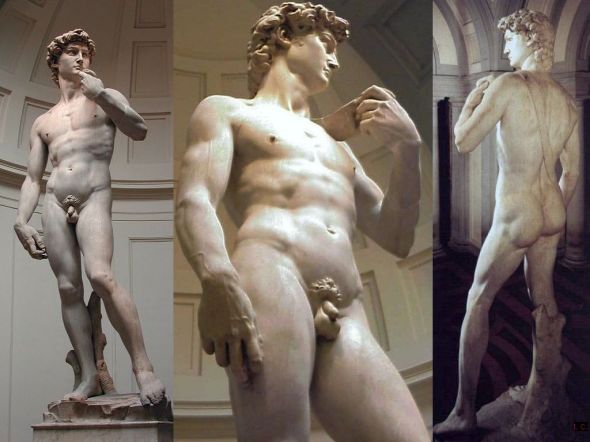
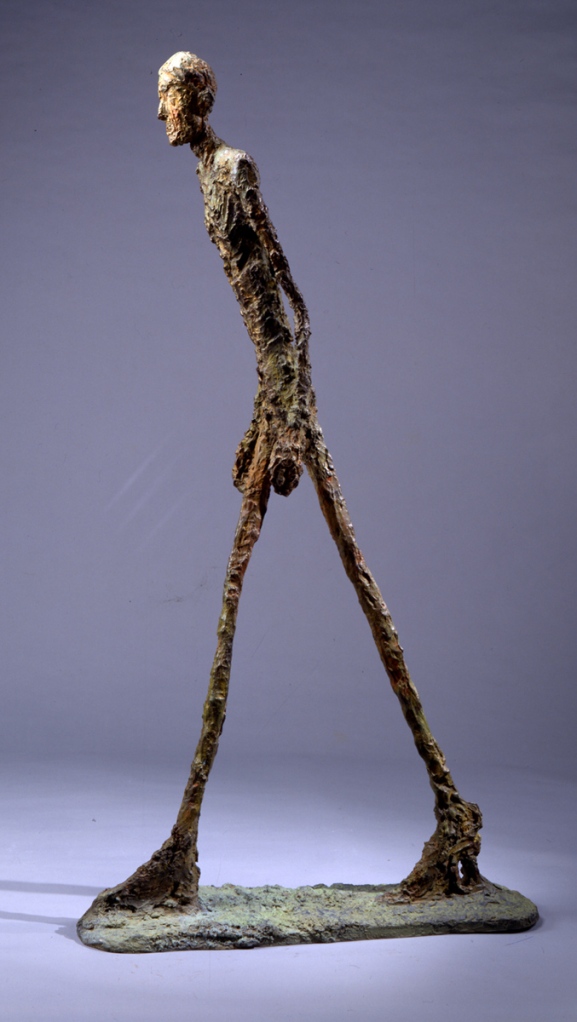
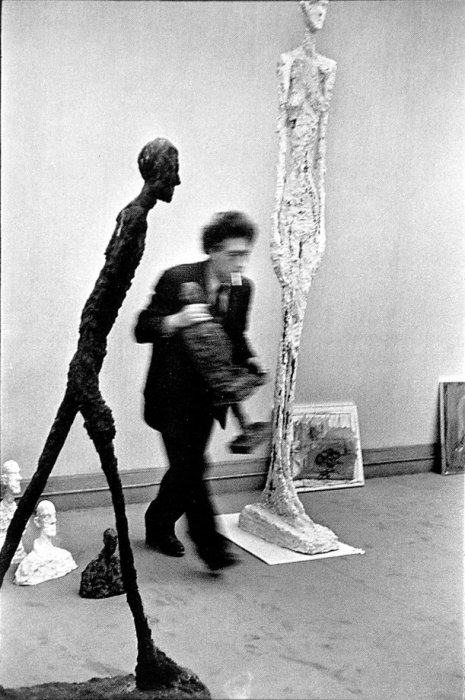

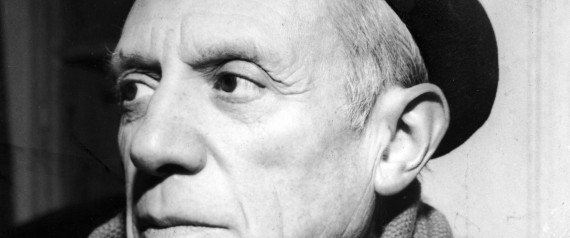
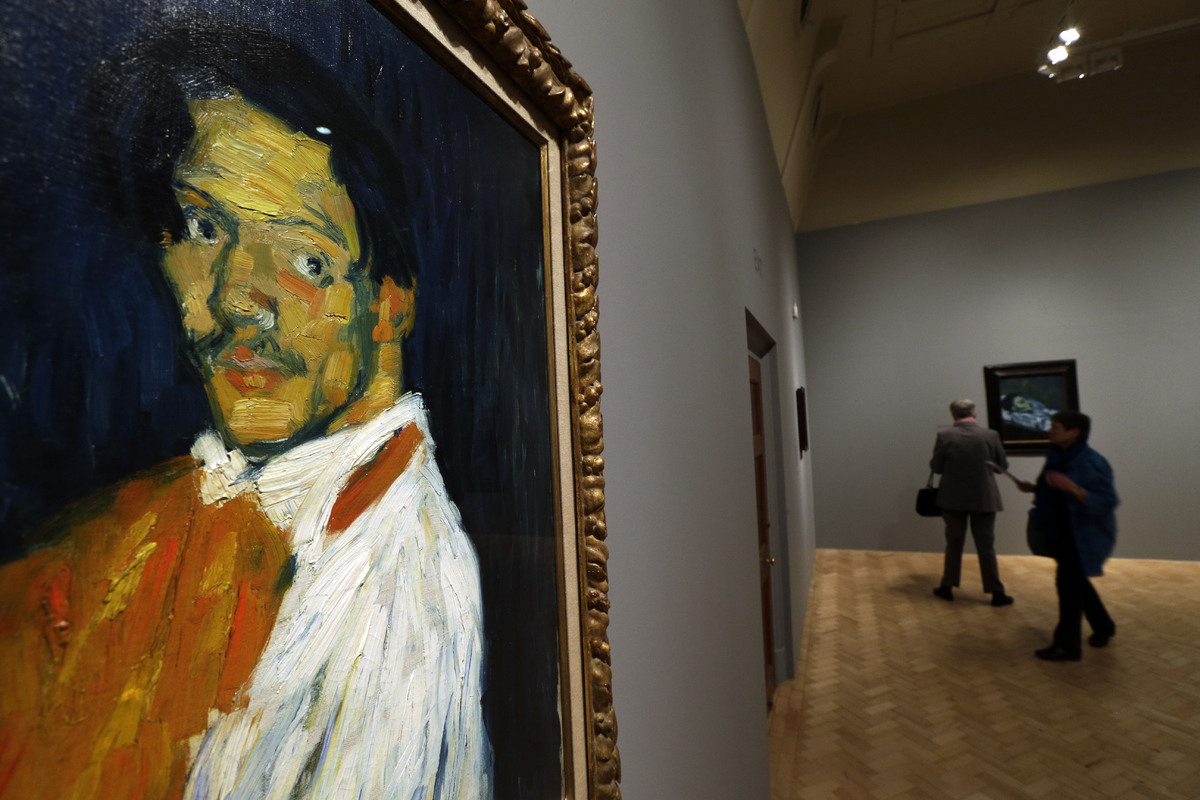
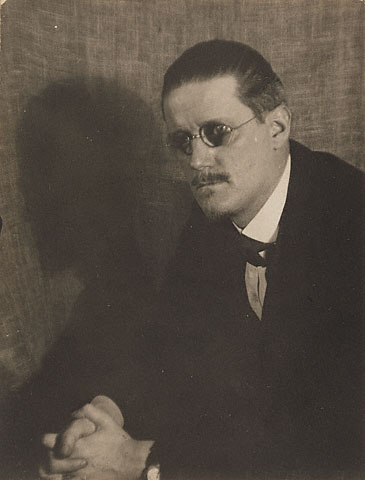
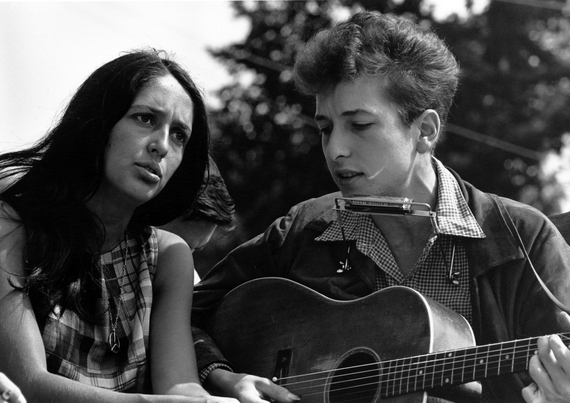




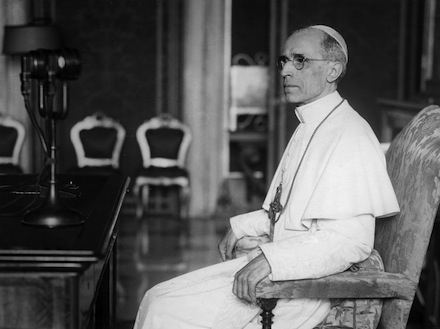
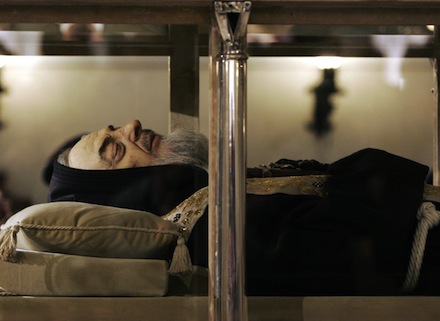
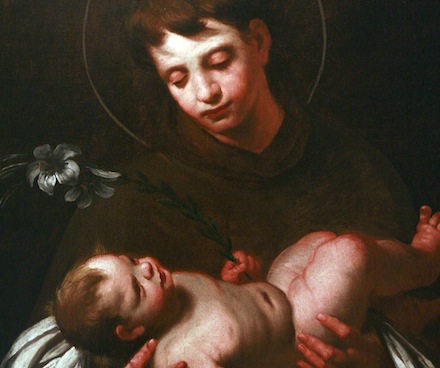
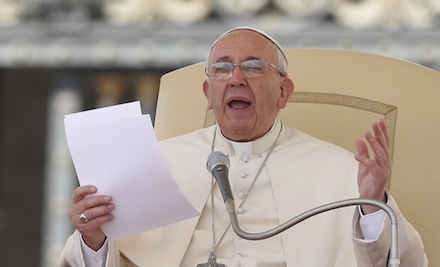

 Bert Berns and Van Morrison at a recording session for Morrison’s first solo album, Blowin’ Your Mind! in March 1967 in New York. Photograph: Popsie Randolph/Michael Ochs Archives/Getty
Bert Berns and Van Morrison at a recording session for Morrison’s first solo album, Blowin’ Your Mind! in March 1967 in New York. Photograph: Popsie Randolph/Michael Ochs Archives/Getty Joel Selvin, author of a book about Berns
Joel Selvin, author of a book about Berns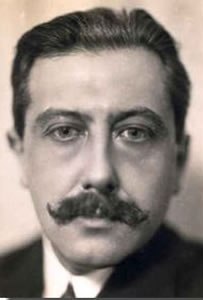
 Ten days had passed, it was Sunday, the seventh Sunday after the resurrection. At about nine o'clock in the morning, as they were together praying fervently, the Holy Spirit descended upon them. Note how all the great theophanies in Christ's life occurred during the course of prayer. After His baptism, for instance, when Jesus was praying the heavens opened and the Holy Spirit descended in the form of a dove; likewise, it was during prayer at night that the transfiguration took place on Tabor. Surely too it was while Mary was praying that Gabriel delivered his message, and the Holy Spirit overshadowed her. Pentecost followed precedent. The small community of Christians had prepared themselves through prayer for the coming of the Paraclete. The same is true at Mass today, every day; through prayer we ready our souls for the advent of the Spirit.The descent upon the apostles was internal and invisible in nature although accompanied by certain visible phenomena. There came a mighty roar, like the onrush of a violent wind. It came suddenly, from heaven; but unlike storms that strike a structure from without, this one penetrated and filled the room where the disciples were gathered. Therefore it was not a natural wind, it was a miracle peculiar to the occasion. A second visible sign consisted in tongues of fire that descended upon each one present. These fiery tongues gave visible evidence that the Holy Spirit had descended upon them.Today at Mass, particularly at holy Communion, the power of the Holy Spirit will come down upon us; fiery tongues will not be seen, but invisible tongues of fire will not be absent. There was still another external manifestation of the Holy Spirit; the apostles and disciples were enabled to speak various languages.After the roar of the wind many of Jerusalem's pilgrims hurried to the Cenacle. Pentecost was one of the three festivals which obliged all Jews to be present in Jerusalem. Jews from distant lands, and Jewish converts from paganism too, attended these feasts. As a result, a colorful crowd speaking a variety of languages surrounded the house. Now the apostles, who so shortly before had hid in fear behind locked doors, came forth and courageously walked among the multitude speaking to each in his native tongue. It was indeed amazing! Galileans, and multilingual?
Ten days had passed, it was Sunday, the seventh Sunday after the resurrection. At about nine o'clock in the morning, as they were together praying fervently, the Holy Spirit descended upon them. Note how all the great theophanies in Christ's life occurred during the course of prayer. After His baptism, for instance, when Jesus was praying the heavens opened and the Holy Spirit descended in the form of a dove; likewise, it was during prayer at night that the transfiguration took place on Tabor. Surely too it was while Mary was praying that Gabriel delivered his message, and the Holy Spirit overshadowed her. Pentecost followed precedent. The small community of Christians had prepared themselves through prayer for the coming of the Paraclete. The same is true at Mass today, every day; through prayer we ready our souls for the advent of the Spirit.The descent upon the apostles was internal and invisible in nature although accompanied by certain visible phenomena. There came a mighty roar, like the onrush of a violent wind. It came suddenly, from heaven; but unlike storms that strike a structure from without, this one penetrated and filled the room where the disciples were gathered. Therefore it was not a natural wind, it was a miracle peculiar to the occasion. A second visible sign consisted in tongues of fire that descended upon each one present. These fiery tongues gave visible evidence that the Holy Spirit had descended upon them.Today at Mass, particularly at holy Communion, the power of the Holy Spirit will come down upon us; fiery tongues will not be seen, but invisible tongues of fire will not be absent. There was still another external manifestation of the Holy Spirit; the apostles and disciples were enabled to speak various languages.After the roar of the wind many of Jerusalem's pilgrims hurried to the Cenacle. Pentecost was one of the three festivals which obliged all Jews to be present in Jerusalem. Jews from distant lands, and Jewish converts from paganism too, attended these feasts. As a result, a colorful crowd speaking a variety of languages surrounded the house. Now the apostles, who so shortly before had hid in fear behind locked doors, came forth and courageously walked among the multitude speaking to each in his native tongue. It was indeed amazing! Galileans, and multilingual?  But the malicious too were present; they had the answer. Nothing marvelous at all! Those Galileans were simply drunk, and their drunken babble sounded like a foreign language! Peter showed no hesitation in answering the charge. None of their number, he said, were intoxicated; it was but nine o'clock in the morning, and at that hour men usually are sober. What the multitude saw was, in fact, the fulfillment of Joel's prophecy: In those days (of the Messiah), God will pour forth His Spirit upon men and they will prophesy. . . . Then the apostle pointed his words more directly against the accusers: they had killed Jesus, had nailed Him to the Cross; but God had awakened Him and after His departure to heaven, He sent the Holy Spirit. The pilgrims who had heard Peter give this first pentecostal sermon "were pierced to the heart and said: Brethren, what shall we do? But Peter said to them: Repent and be baptized; and you will receive the gift of the Holy Spirit." Three thousand responded. One final question: why the miracle of tongues? In answer, recall the story regarding the tower of Babel. Puffed up by pride, men attempted to build a tower that would touch the heavens. To punish their sin, God confused their speech. Sin causes confusion and division. Now Christ came to gather all men into His Church and thereby to unite them to Himself. This should result in creating but one family of nations again. To this blessed state the miracle of tongues points.Yes, even we as individuals have a gift of tongues which all men can understand. It is the gift of love infused into us by the Holy Spirit. Love unites, love is a common language, by means of love we can speak to all nations.
But the malicious too were present; they had the answer. Nothing marvelous at all! Those Galileans were simply drunk, and their drunken babble sounded like a foreign language! Peter showed no hesitation in answering the charge. None of their number, he said, were intoxicated; it was but nine o'clock in the morning, and at that hour men usually are sober. What the multitude saw was, in fact, the fulfillment of Joel's prophecy: In those days (of the Messiah), God will pour forth His Spirit upon men and they will prophesy. . . . Then the apostle pointed his words more directly against the accusers: they had killed Jesus, had nailed Him to the Cross; but God had awakened Him and after His departure to heaven, He sent the Holy Spirit. The pilgrims who had heard Peter give this first pentecostal sermon "were pierced to the heart and said: Brethren, what shall we do? But Peter said to them: Repent and be baptized; and you will receive the gift of the Holy Spirit." Three thousand responded. One final question: why the miracle of tongues? In answer, recall the story regarding the tower of Babel. Puffed up by pride, men attempted to build a tower that would touch the heavens. To punish their sin, God confused their speech. Sin causes confusion and division. Now Christ came to gather all men into His Church and thereby to unite them to Himself. This should result in creating but one family of nations again. To this blessed state the miracle of tongues points.Yes, even we as individuals have a gift of tongues which all men can understand. It is the gift of love infused into us by the Holy Spirit. Love unites, love is a common language, by means of love we can speak to all nations.